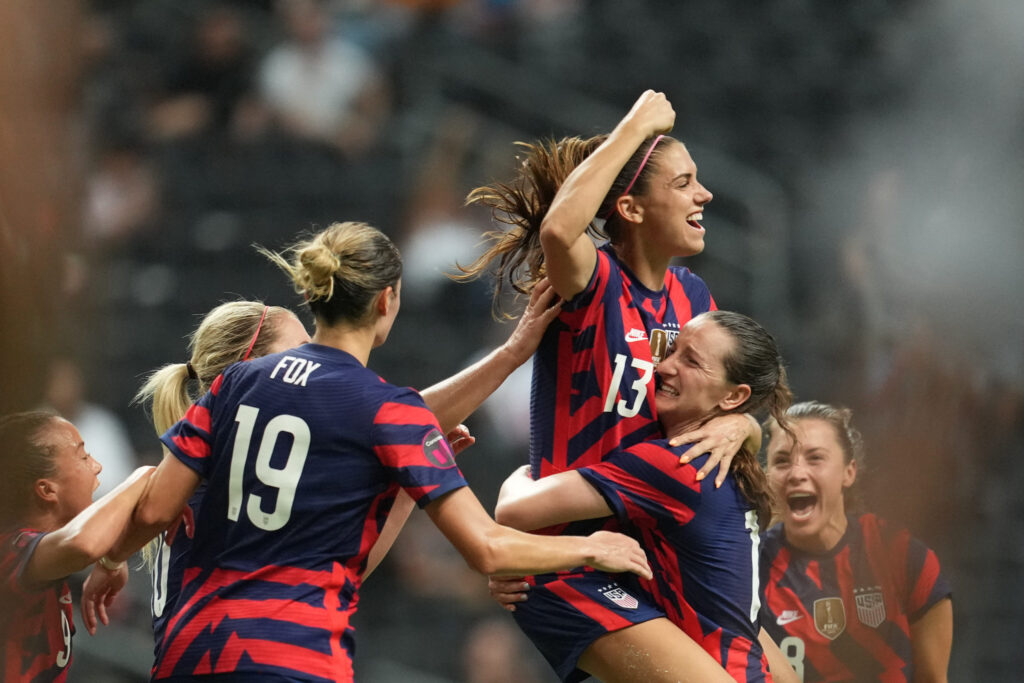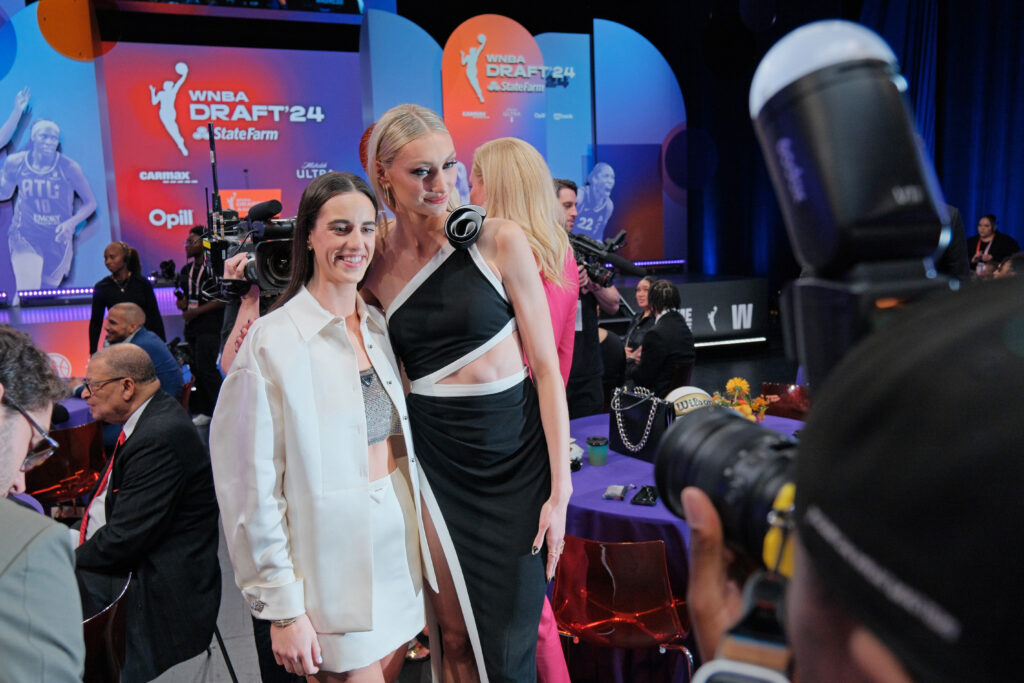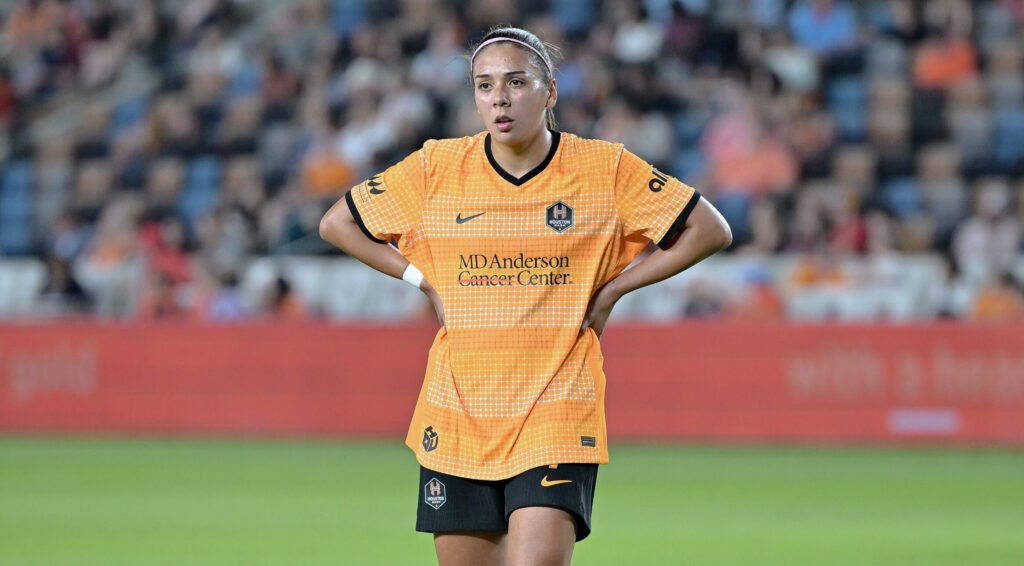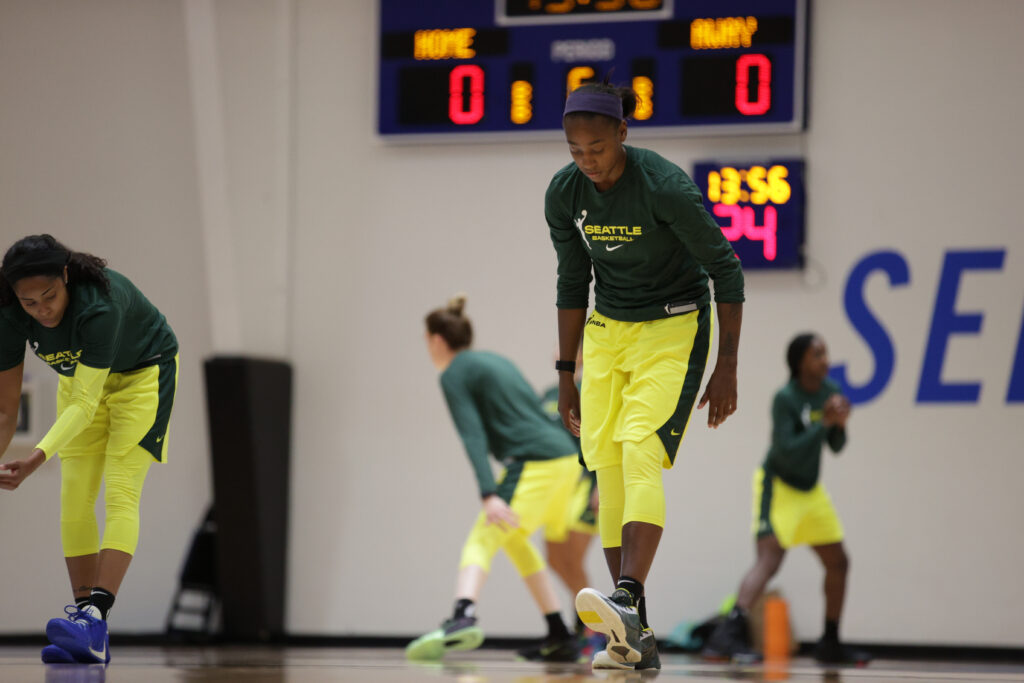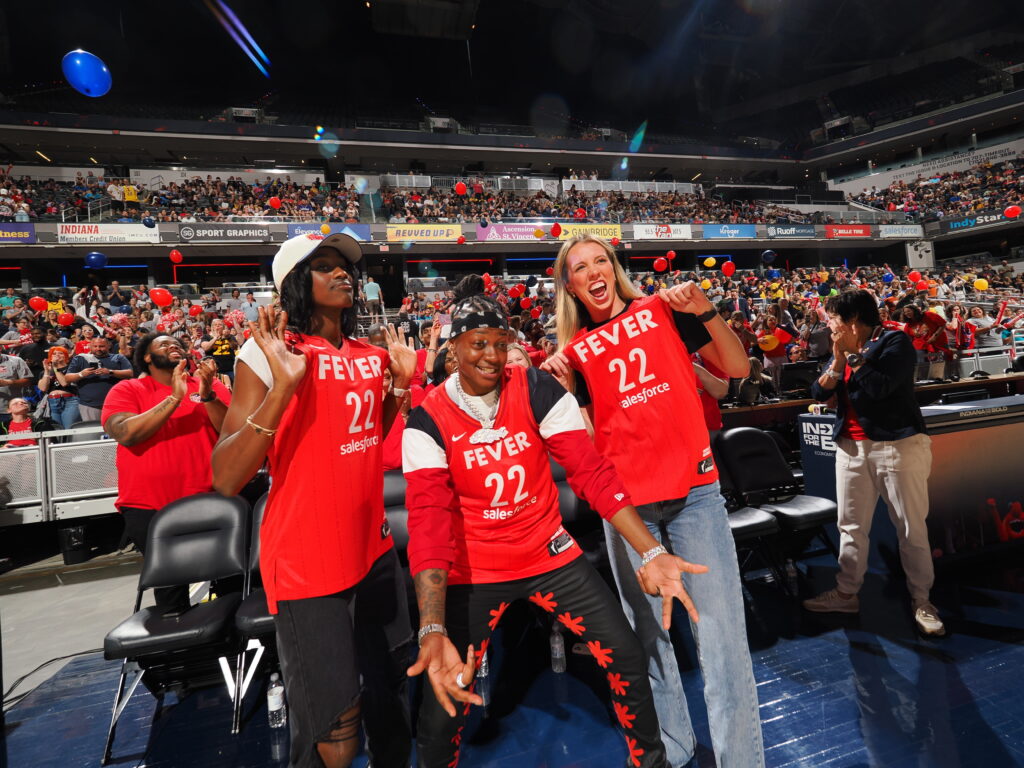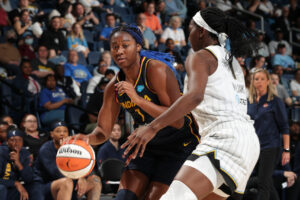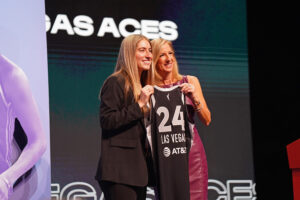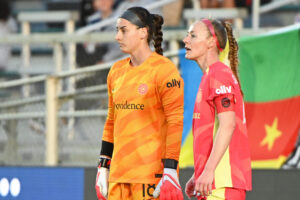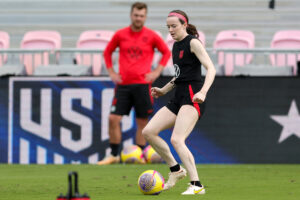Everyone can take a deep breath: The U.S. women’s national team got the job done at the Concacaf W tournament. With a roster full of fresh faces, the team qualified for the 2023 World Cup and the 2024 Olympics while holding off a full-strength Canada squad that some thought may have leapfrogged the reigning World Champions in the past year.
Throughout the month of July, the awkwardness of trying to do two things at once has been apparent in USWNT camp. If the team’s youth movement seems a little abrupt and all-encompassing, it’s because the USWNT is running late.
After the World Cup victory in 2019, it stood to reason that the players who got the U.S. their fourth star would be relied upon for stability during the coaching change from Jill Ellis to Vlatko Andonovski. After the pandemic delayed the Olympics by a year, that approach all but determined the process we’re seeing now.
Threading the needle between incorporating new players and winning games is a challenging task, made only more complicated by the program’s own expectations. Many national teams go through periods of growing pains, but it’s rare for them to not be allowed to lose a few games in the process. Due to the truncated international calendar and the stakes of a World Cup berth and a spot in the Olympics on the line in Concacaf qualifying, Andonovski was balancing on a high-wire not many are forced to stand on, with both successes and frustrations.
Learning to loosen up
Andonovski has only ever lost two games as the head coach of the USWNT, but within the positive results exists a team that at times looks both a little overworked and underprepared. In the team’s infamous 3-0 loss to Sweden at the Tokyo Olympics, they were never able to adjust to the eventual silver medalists’ intensity in the midfield, instead sending hopeful long balls forward in an attempt to bypass that area and regain control of the match.
During the Concacaf W final win against Canada, the same feeling washed over USWNT fans as a few missed chances kept the game closer than it needed to be. Andonovski also delayed making substitutes until the dying minutes as the U.S. began to run on fumes. The Jill Ellis era was similarly criticized for tactical rigidity and an overly placed faith in her starting XI (we all remember the great substitute discourse of the 2019 Round of 16). But as opponents present tougher tactical tests every game, Andonovski doesn’t always make the right call in the moment.
There were glimpses throughout the Concacaf W tournament, however, that Andonovski had learned some important things from the USWNT’s experience in Japan.
While aided by the loosening of COVID-19 restrictions worldwide, the USWNT went through the tournament in Monterrey with a decidedly looser feel than we saw in 2021. Instead of the grueling fitness testing and stark quarantining of the U.S.’s pre-Olympic prep, players came in from their NWSL clubs, played a few sendoff friendlies, and then hit the road. They got to spend time with friends and family throughout their time in Mexico, and they kept the crushing weight of the public’s expectations at arm’s length.
It might seem flippant to say that getting coffee from a local shop in the morning and time by the pool is the key to a strong team mentality, but it’s a notable enough difference in approach that it’s worth mentioning. Andonovski cited the presence of Megan Rapinoe, Becky Sauerbrunn, Alyssa Naeher and Alex Morgan as helpful to keeping the young roster focused on the task at hand. This group might have simply been given more freedom to have fun, with the understanding that levity builds chemistry, too.
Letting players be themselves
The off-field chemistry only shined through on the field in fits and starts. One of the costs of keeping Morgan off prior USWNT rosters as they worked in younger players was that Morgan had to re-acclimate herself to the team in big games. Sophia Smith and Mallory Pugh missed a few sitters even when the forward motion was effective, but too often a pass came a little too late or a run just a step behind as they adapted to new looks.
Morgan explained to reporters the nuances of how Andonovski would like the team to adjust their play to combat different opponents, which raises red flags while also possibly paying dividends. Gone are the days where the USWNT meets for six weeks before heading to a major tournament, as many players will be in the thick of their NWSL campaigns immediately before the 2023 World Cup. While it’s important to have ideas for what an opponent might throw at you, clear communication in short-term training environments is critical to those ideas not becoming muddy and then possibly abandoned in the moment.
A few scuffed shots and mistakes in the attacking third have gotten the majority of the attention. But one of the team’s greater overall issues lies in a position that still does not look settled: the defensive midfield. Andonovksi brought Andi Sullivan to Monterrey to hold down the No. 6 role in bigger games, and she appears to be in the team’s long-term plans for 2023 and 2024 as long as she stays healthy. The U.S. somewhat controversially left Sullivan at home during the Tokyo Olympics, asking Lindsey Horan to moonlight at the position and then rushing Julie Ertz back from injury. From there, the team’s midfield possession has never fully recovered.

Sullivan is a smart, savvy player who is best with the ball at her feet, breaking lines and setting the tempo. For the Washington Spirit, she’s an endless source of distribution and her field vision is an asset. Ertz, while a legend in the role for club and country, was never used as a passing No. 6; she was a defensive wrecking ball, disrupting play in a wide area to allow her teammates to repossess and distribute.
Despite Ertz’s prolonged absence, the U.S. has not changed the way they distribute the ball — that is the job of the center backs. When young Naomi Girma had her shot at sending probing diagonal passes up to Sophia Smith against Jamaica, the approach worked perfectly. Against Haiti, Alana Cook and Becky Sauerbrunn mostly passed between themselves before sending hopeful long balls forward, and it didn’t work as well.
Bypassing midfield passing channels to let an explosively talented front five run at a back line might not be the worst approach in a Concacaf tournament, but despite their talent advantage, it renders the USWNT too predictable at the wrong moments. It also requires Sullivan to focus on defending like Ertz while the attacking midfield pushes forward, a Herculean task for even the best player that leaves gaps for opponents to exploit.
Stepping away from the panic button
Despite a healthy list of concerns, the work of becoming a World Cup contender really starts now, and there is also a lot to like about what we’ve seen from the U.S. in this shortened incubation period. One of the hallmarks of Andonovski’s USWNT is a willingness by every single player to defend off the ball, and there is no better team in Concacaf at quickly regaining possession.
While the U.S. had tepid finishing performances at times, the greatest doubt of a result never really came from danger at the other end. Smith’s adjustment to help Sofia Huerta nullify Nichelle Prince’s attacking threat on the right wing in the second half against Canada is a good example of the small defensive changes the U.S has available to them to sway a game. The Cook/Sauerbrunn partnership also showed significant improvement from Game 1 to Game 5.

There were also glimpses of what the right personality mix, while still incomplete, can bring to a USWNT that is changing. Morgan became the galvanizing force the team needed when shots weren’t falling against Canada, instilling the team with confidence and icing the game with her penalty kick. Andonovski put out the closest thing to his strongest XI in the final, and they did everything necessary to win the game.
If the USWNT does travel to Australia and New Zealand in 2023 with the deepest squad in the world, it will be in large part due to this tournament. Many other teams would have been sunk by the absences the U.S. faced going into Concacaf W, but they made their way through as the clear No. 1 team in the region, with the result rarely in doubt. Re-integrating more familiar faces into the squad is exactly the type of challenge the U.S. wants at this point in the calendar.
The kids were sent down to Mexico to sink or swim, and they found their way through. That Smith and Pugh can still improve at the international level should be exciting, as is the emergence of Ashley Sanchez as a scintillating attacking midfielder and Girma as a rookie with the mind of a seasoned veteran.
This qualifying group isn’t the team we’re going to see at the World Cup, but therein lies the point of this process. The team tested its strengths and weaknesses, got critical minutes for the next generation and, per the eternal USWNT mandate, did not lose.
Claire Watkins is a contributing writer at Just Women’s Sports covering soccer and the NWSL. Follow her on Twitter @ScoutRipley.
